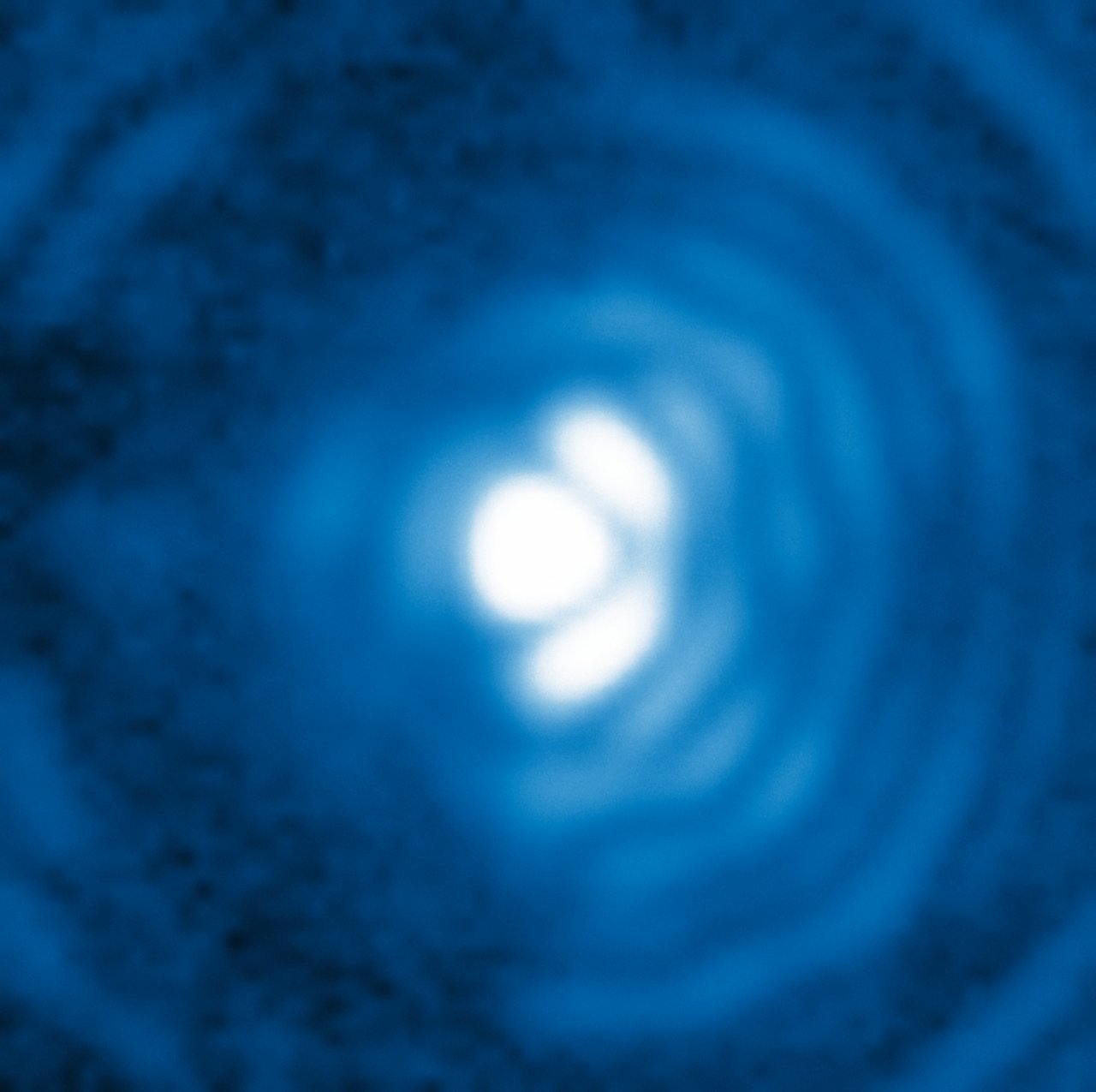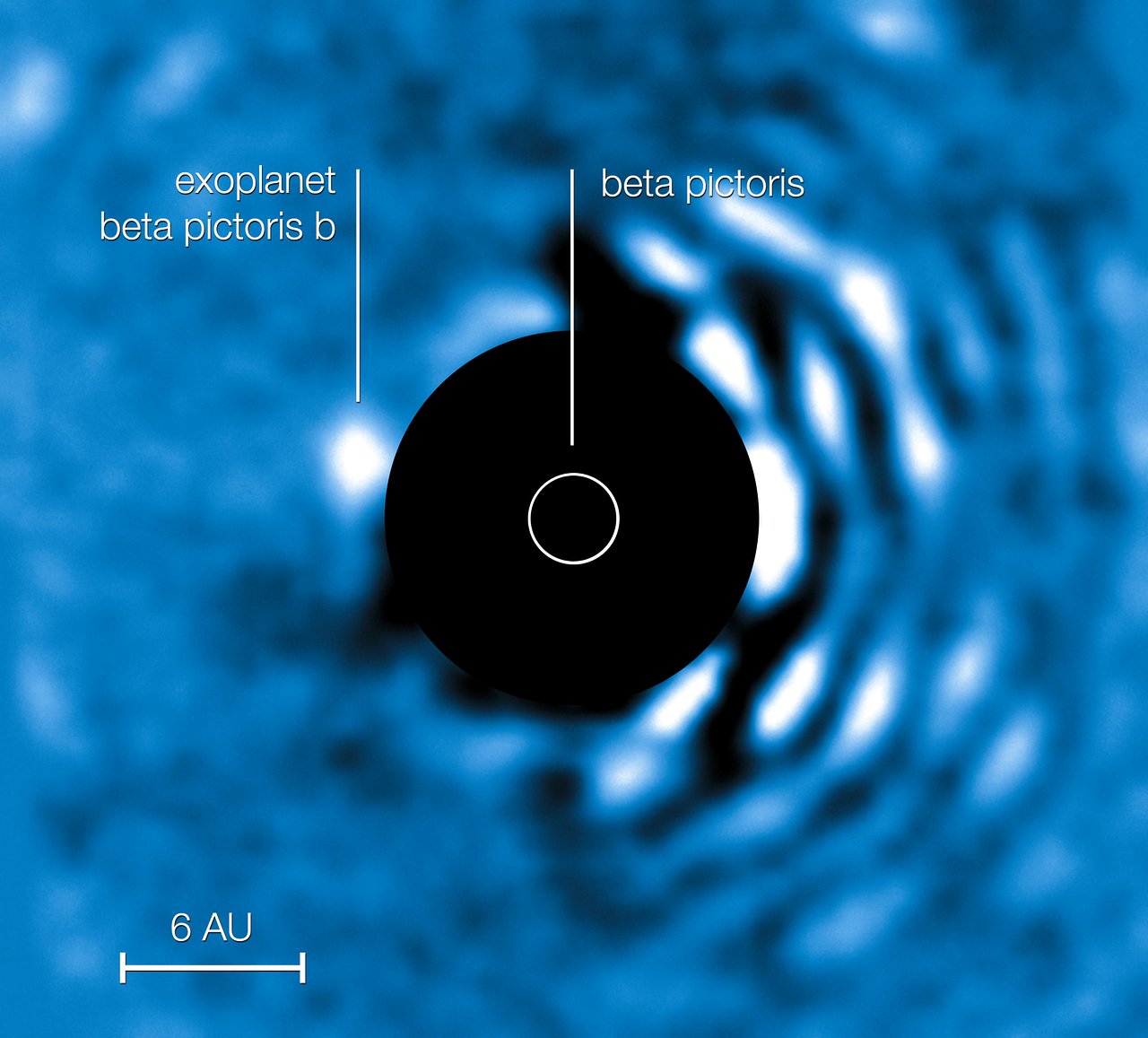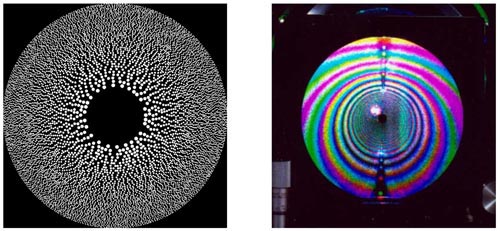D
docm
Guest
PhysOrg....


Planet hunters no longer blinded by the light
(PhysOrg.com) -- University of Arizona astronomers have developed a way to see faint planets previously hidden in their star's glare. The new mode enables scientists to search for planets closer to the star than has been previously possible.
Using new optics technology developed at the University of Arizona's Steward Observatory, an international team of astronomers has obtained images of a planet on a much closer orbit around its parent star than any other extrasolar planet previously found.
The discovery, published online in Astrophysical Journal Letters, is a result of an international collaboration among the Steward Observatory, the Swiss Federal Institute of Technology Zurich, the European Southern Observatory, Leiden University in the Netherlands and Germany's Max-Planck-Institute for Astronomy.
Installed on the European Southern Observatory's Very Large Telescope, or VLT, atop Paranal Mountain in Chile, the new technology enabled an international team of astronomers to confirm the existence and orbital movement of Beta Pictoris b, a planet about seven to 10 times the mass of Jupiter, around its parent star, Beta Pictoris, 63 light years away.
>






